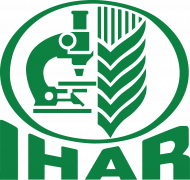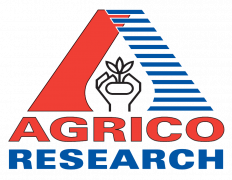Tuber collision damage during mechanized harvesting of potatoes significantly reduces quality and value, which also affects further processing and storage, causing substantial economic losses. The objective of this study was to explore the factors and laws that cause tuber collision damage during harvest, specifically by a pole-and-strip lifting chain harvester using Zaodabai potatoes, which are widely grown in Liaoning, China. To conduct experimental research on tuber collision damage, a self-made potato damage experiment bench was used as a carrier to simulate throwing and falling collision scenarios. Collision damage was studied based on a theoretical analysis of falling collision kinematics and dynamics of the potato harvesting process, with drop height, potato weight, and collision material as factors and damage depth and area of potatoes as evaluation indicators. Single-factor and orthogonal combination experiments were performed, respectively. The orthogonal combination experimental results showed that the influence of the experimental factors on evaluation indicators was significant in terms of damaged area (descending influence): drop height > potato weight > collision material and damage depth: collision material > potato weight > drop height. In the harvester design, prioritizing padded rod material change and reducing the height between the two-stage conveyor separation chains are important for reducing harvesting damage. These research results provide a theoretical basis for the design of a two-stage conveyor separator harvester, with the research method providing a reference for studying harvest damage in other tuber crops.
Full publication URL















